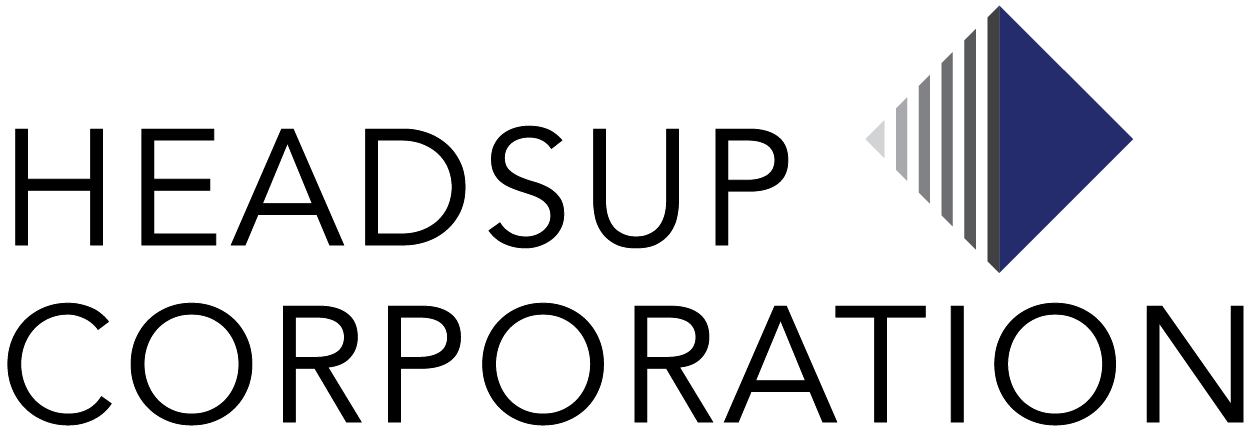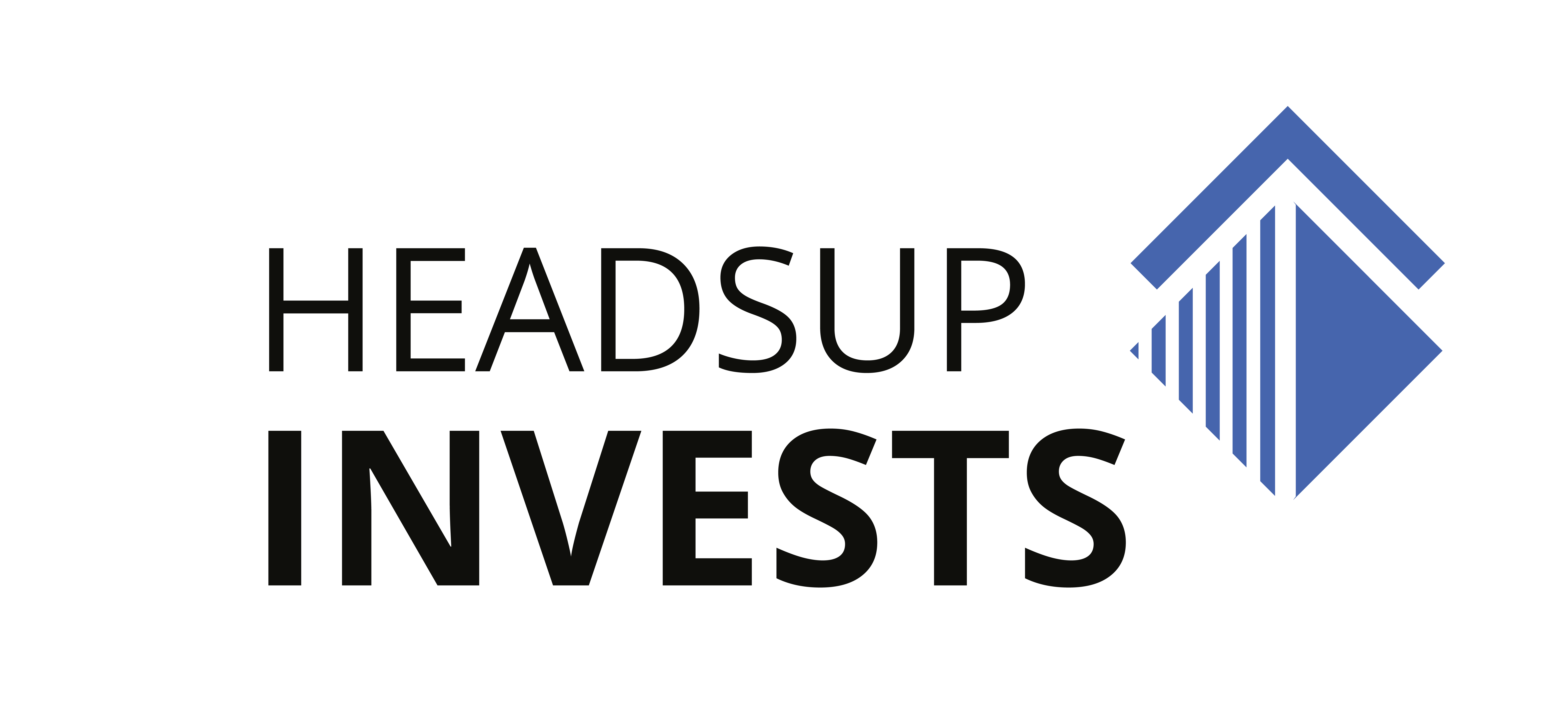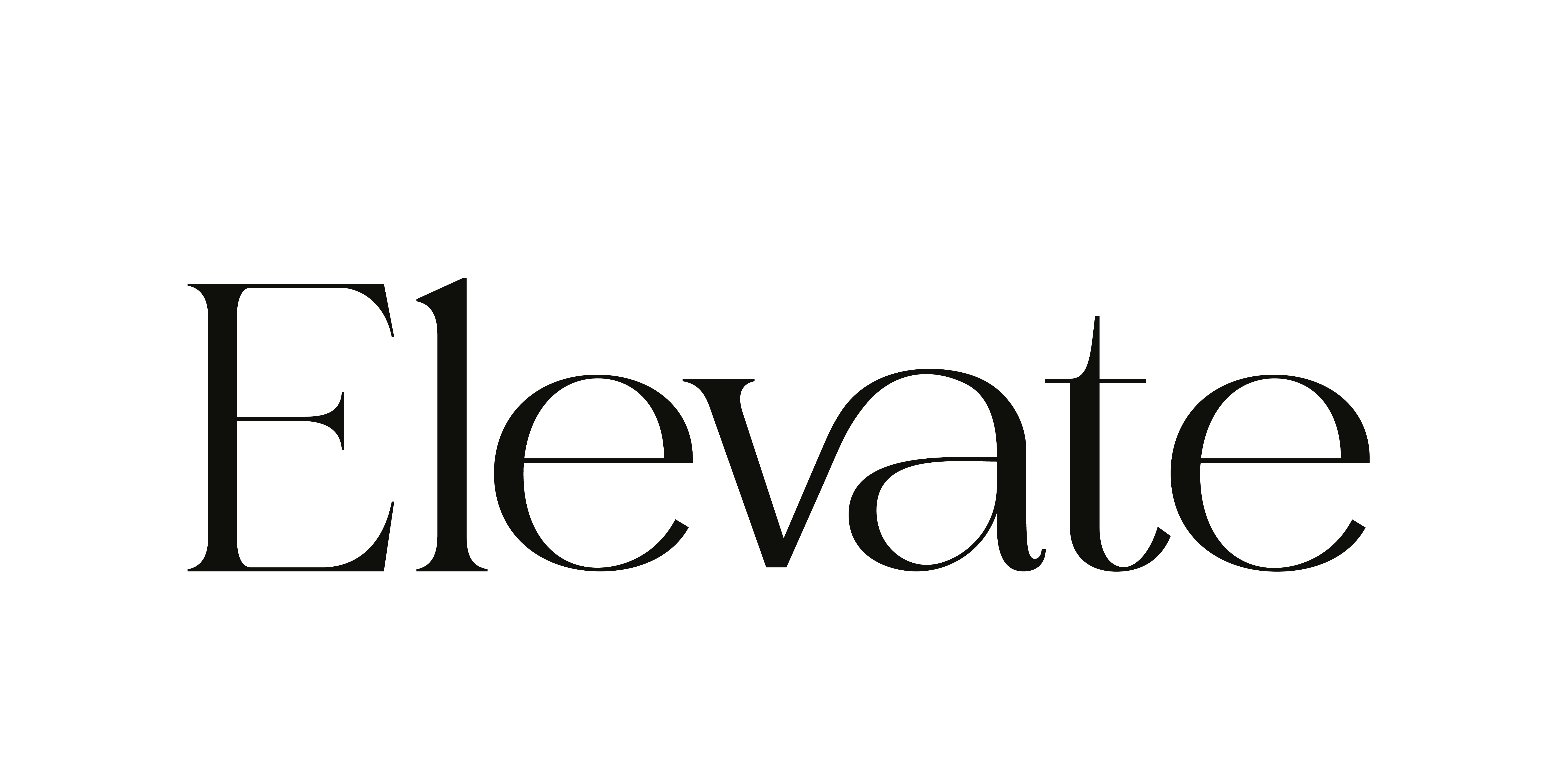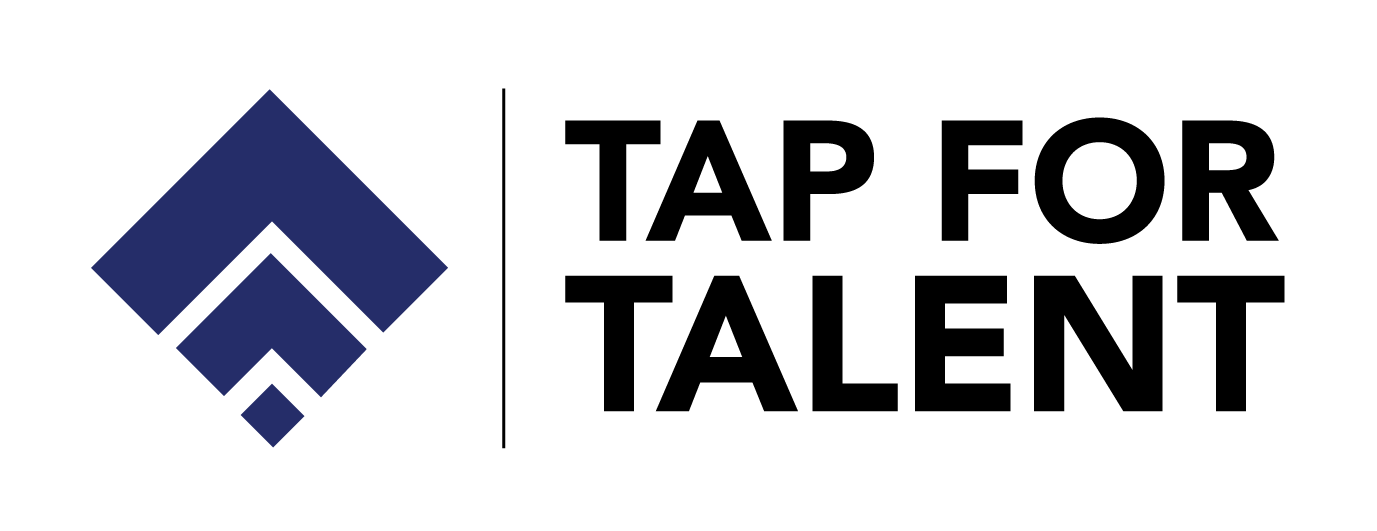When we say “HR basics,” most people think of payroll, policies or performance reviews. But before any of that gets the spotlight, there’s a more foundational piece at play; an organisational structure. It’s the backbone of how work happens internally and how decisions are made and moreover at the core how teams collaborate. HR’s role? To ensure that structure isn’t just on paper and newsletter but also felt in how efficiently a company runs.
In any company there are several types of reporting and management involved ranging from hierarchical (classic corporate ladder), matrix (cross-functional reporting), divisional to the flat organisational structure. And each type comes with its own set of strengths depending on various factors like company size, industry and growth stage.
What Is A Flat Organisational Structure?
For a better understanding first imagine a workplace where there are no levels or floors to climb. There is just a proper team working with a very transparent model. That’s a flat structure. It majorly minimises or completely removes middle management, enabling employees to report directly to founders or department heads. You’ll find it in places where agility, trust and autonomy take center stage like startups, design studios or tech labs.
It’s less “chain of command” and more “circle of collaboration.” Everyone’s closer to decision-making, and there’s a stronger sense of ownership. Roles may overlap, titles might be loose, but accountability is very real and evident. And when done right, it builds empowered, highly motivated teams. Moreover a flat organisational structure helps employees grow and reach their true potential without containing them in roles and job descriptions. Organisations like these help companies see the hidden skill set a person might have which is entirely different for the role they were hired for.
Flat vs Traditional: What’s the Real Difference?
A traditional organisational structure is built like a pyramid which has clear vertical lines, formal communication and a well-defined authority. This model might be great for consistency, scalability and stability but, it’s a more traditional and old-fashioned approach for businesses who are just looking for profits and not employee and employer growth per say.
A flat organisational structure, on the other hand, trades formality and levels for speed and better understanding. Majorly in organisations like these, decisions aren’t bottlenecked by layers of approvals. Employees in these kinds of organisations genuinely thrive and want to actually make a difference rather than just being a spot on their resume. Here information moves quickly, teams experiment more and employees feel seen, not just managed. It’s especially effective in environments where innovation and flexibility are priorities and where culture thrives on openness over hierarchy.
The New York Times in an article spotlighted companies like AgBiome, Suma and Valve, modern businesses that have embraced flat, non-hierarchical structures. These organizations are rethinking traditional top-down leadership in favor of more democratic, collaborative models. Whether driven by values, politics, or business strategy, their shared approach removes management layers and distributes decision-making more evenly across teams. According to Saerom (Ronnie) Lee, a management expert from The Wharton School, this model tends to thrive in smaller setups or startups, where fewer people make coordination manageable. As companies scale, however, maintaining this model can get tricky without strong systems in place.
7 Ways Flat Organisations Stand Out
- Fewer Management Layers:- Traditional hierarchies often involve several layers of supervision. A flat structure minimises or removes middle management, which leads to quicker communication and more direct access to leadership.
- Faster Decision-Making:- With fewer approval levels, decisions can be made swiftly. Teams are empowered to act independently without waiting for endless sign-offs, making the organisation more agile.
- Greater Autonomy for Employees:- Employees often enjoy more freedom to take initiative, own projects and contribute ideas. It fosters a culture of accountability and creative problem-solving.
- More Cross-Functional Collaboration:- Roles are often less siloed, encouraging collaboration across departments. Flat organisations promote shared responsibility, which often leads to more cohesive teamwork.
- Transparency and Open Communication:- Information flows more freely in a flat setup. Everyone is more in-the-know about company goals, performance metrics and business direction, which builds trust and alignment.
- Shift in Leadership Role:- Leaders become facilitators rather than commanders. Their job is to enable, coach and guide not to control which results in a more inclusive leadership style.
- Ambiguity in Roles and Career Paths:- One challenge of flat structures is the potential blurring of roles. Without clear hierarchies, employees might struggle to define career progression unless structures like skill-based ladders or internal marketplaces are introduced.
Whether you’re building a team of five or fifty, getting your HR basics in place sets the tone for everything else. A well-thought-out organisational design isn’t just an internal map; it’s a signal of how your company thinks, operates and values its people.








